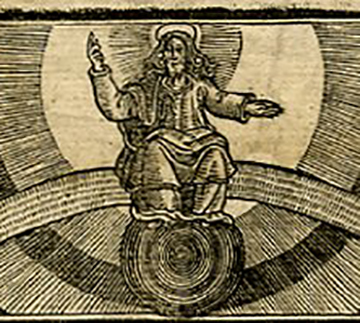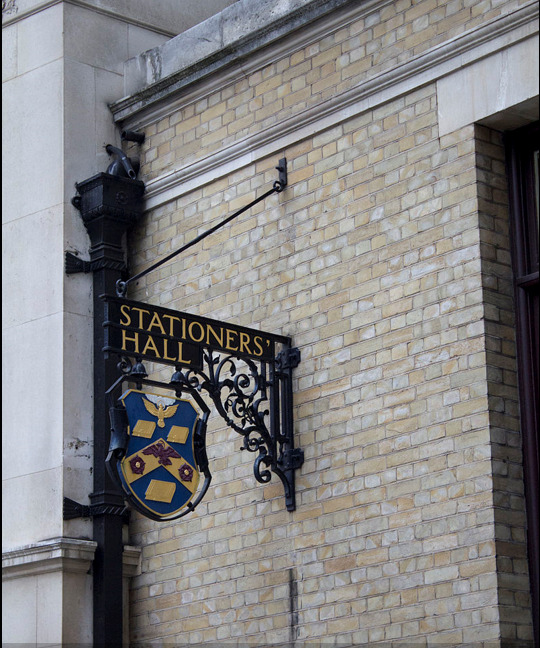Humphrey Lownes: Printer on a Mission
The story of the 1610 edition of Acts and Monuments actually begins in 1609 when its printer, Humphrey Lownes, received a license from the Stationers’ Company. The license record is brief and to the point, but the license was part of a lengthy career in printing for Humphrey. Up to his death in 1630, Humphrey printed 386 works and established such a successful printing shop that his apprentice and eventual partner, Robert Young, was able to continue operations after Humphrey passed away. But how did Humphrey get his start, and where does Acts and Monuments play into his success?
A Family Affair
Humphrey Lownes began his printing career with family, apprenticing with William Lownes from 1580-1587. Humphrey’s brother Mathew also apprenticed as a printer, and both became members of the Stationers’ Company in 1598 and 1602, respectively. Mathew began selling books, Humphrey continued printing them, and together they made a successful business partnership.
On top of having a reliable distributer in his brother, Humphrey married the widow of a printer named Peter Short. Peter and his wife had established their successful printing shop out of their house and, significantly, Peter was the printer of the previous 1597 edition of Acts and Monuments. After the marriage, all the necessary type and woodcuts were directly at Humphrey’s disposal. And so, in 1609, in order to establish an up to date copy text for the Stationers’ Company, Humphrey printed the 1610 edition.
Finances aside, reviewing Humphrey’s career suggests why John Foxe’s work was of interest: most of Humphrey’s publications were theological, and many were tracts and sermons attacking the veracity of the Catholic Church. Humphrey's 1609 printer's mark shows the brazen serpent raised by Moses to heal those bitten by venomous serpents--an apt allusion to what Humphrey hoped his publications would do.
Almost a century after the first edition of Acts was produced, English Protestant groups continued their efforts in establishing their doctrines over Catholicism. While at this point it is unclear who the original owner of the 1610 edition was, it is safe to say it was purchased by someone who was interested in furthering Protestant sympathies. The works Humphrey published--to which Acts and Monuments was one of the largest--reveals his clients were concerned with readers turning to proper Christian worship by turning the pages of Protestant authors. It is evident Humphrey shared these sentiments or, at the very least, portrayed himself as sharing these sentiments in order to make a living. As clues about later ownership reveals, however, this preoccupation with Protestant principles eventually gave way to an interest in attaining status by owning a portion of English literary history.

Humphrey Lownes' Printer's Device (Richard Moore)
"And Moses made a serpent of brass, and put it upon a pole, and it came to pass, that if a serpent had bitten any man, when he beheld the serpent of brass, he lived."
Works Cited
- Cline, Rebecca. "Humphrey Lownes." Dictionary of Literary Biography, vol 170: The British Literary Book Trade, 1475-1700. Edited by James K. Bracken and Joel Silver, Gale Research, 1996. Access here:
- Jackson, William A. Records of the Court of the Stationers' Company, 1602 to 1640. Bibliographical Society, 1957.
- Yamada, Akihiro. "Peter Short." Dictionary of Literary Biography, vol 170: The British Literary Book Trade, 1475-1700. Edited by James K. Bracken and Joel Silver, Gale Research, 1996. Access here:



